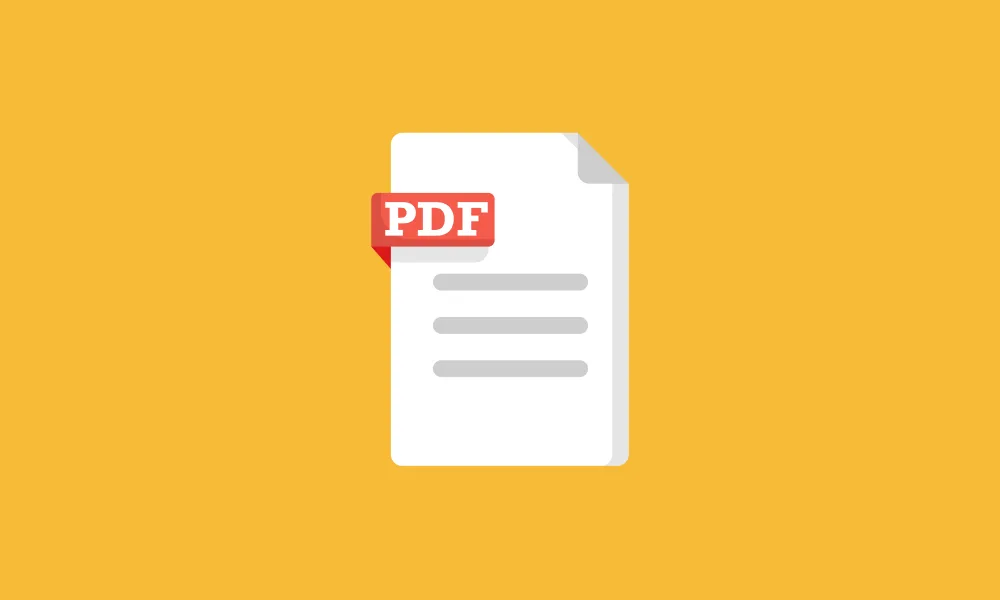Batch background removal is a powerful technique that offers numerous benefits for image processing workflows. One of the primary advantages is increased efficiency and time savings. By applying background removal to multiple images simultaneously, it eliminates the need for manual editing of each image individually. This is especially beneficial when dealing with large volumes of images, such as product catalogs or event photo albums.
Another significant benefit of batch background removal is improved consistency. When you have a set of images that require the same background removal treatment, performing it in batches ensures that the results remain consistent across all images. Consistency is crucial, especially in applications where maintaining a cohesive visual appearance is essential, such as e-commerce websites or marketing materials.
Additionally, batch background removal allows for easier scalability. With the ability to process multiple images at once, you can handle larger datasets more efficiently. This scalability is particularly valuable for professional photographers, graphic designers, and e-commerce businesses that deal with high volumes of images on a regular basis.
Automated Batch Background Removal: Saving Time and Effort
Automated batch background removal tools have revolutionized the image editing process by saving both time and effort. These tools leverage advanced algorithms and artificial intelligence to analyze and remove backgrounds from multiple images simultaneously. This automation eliminates the need for manual editing, allowing users to focus on other important tasks.
One of the primary advantages of automated batch background removal is the significant time savings it offers. Instead of spending hours manually removing backgrounds from each image, users can upload a batch of images to the software and let it handle the process automatically. This frees up valuable time that can be allocated to posting on social media page or updating e-commerce website.
Moreover, automated batch background removal tools are designed to be user-friendly, even for individuals without extensive technical knowledge. With intuitive interfaces and straightforward workflows, these tools make background removal accessible to a wider range of users. This accessibility enables professionals from various fields, such as photographers, designers, and marketers, to incorporate high-quality image editing into their work without the need for specialized training.
Automated batch background removal ensures consistency across multiple images. The algorithms used in these tools are carefully crafted to deliver accurate and uniform results, maintaining a cohesive visual appearance throughout the batch. This consistency is crucial for maintaining brand identity, especially in marketing campaigns or e-commerce platforms where product images need to be visually appealing and consistent.
Exploring the Accuracy of Batch Background Removal Algorithms
Accuracy is a critical factor when it comes to batch background removal algorithms. The effectiveness of these algorithms directly impacts the quality of the final image outputs and the user's satisfaction with the results. In recent years, significant advancements have been made in developing highly accurate batch background removal techniques, driven by the application of machine learning and computer vision.
One of the key factors that contribute to algorithm accuracy is the training data. Batch background removal algorithms are typically trained on large datasets that consist of images with diverse backgrounds, object types, and lighting conditions. The algorithms learn from these datasets to accurately detect and remove the backgrounds while preserving the foreground objects. The more diverse and representative the training data, the better the algorithm becomes at handling various scenarios encountered in real-world images.
Another aspect that affects accuracy is the post-processing techniques employed after the initial background removal step. These techniques can include refinement algorithms, edge smoothing, and feathering to ensure a seamless transition between the foreground and the new background. The effectiveness of these post-processing steps contributes to the overall accuracy and visual quality of the final output.
How to Handle Different Background Types in Batch Processing
When performing batch background removal, it's essential to consider the different types of backgrounds encountered in the images. The approach and techniques used may vary depending on the characteristics of the backgrounds. Here are some tips on how to handle different background types effectively in batch processing.
-
Solid Colored Backgrounds: If the images have a consistent solid-colored background, you can leverage color-based selection tools to remove the backgrounds efficiently. By specifying the color range, the batch processing tool can identify and remove the desired color, leaving the foreground objects intact.
-
Complex Backgrounds: When dealing with complex backgrounds, such as landscapes or crowded scenes, advanced algorithms like machine learning-based segmentation can be beneficial. These algorithms can analyze the image and distinguish between the foreground and the background, enabling precise removal of complex backgrounds across multiple images.
-
Gradient Backgrounds: Gradient backgrounds pose a challenge as they involve a smooth transition of colors. To handle this, batch processing tools with gradient removal capabilities can be employed. These tools utilize algorithms that detect and remove gradients while preserving the foreground objects.
-
Patterned Backgrounds: When images contain patterned backgrounds, it's important to choose a batch processing tool that can recognize and remove repetitive patterns. This requires algorithms that can detect and analyze patterns, allowing for accurate removal without affecting the foreground objects.
-
Transparent Backgrounds: If the images have transparent backgrounds, batch processing tools that support alpha channel preservation should be utilized. These tools ensure that the transparency is maintained throughout the batch, resulting in images with transparent backgrounds.
-
Noisy Backgrounds: Images with noisy backgrounds, such as film grain or digital noise, require denoising techniques as part of the batch processing workflow. Denoising algorithms can effectively reduce the noise while preserving the details of the foreground objects.
By adapting the batch processing techniques based on the characteristics of the backgrounds, you can achieve accurate and consistent background removal results across a variety of image types.
Ensuring Consistency in Batch Background Removal Results
Consistency is a crucial aspect when performing batch background removal. It ensures that the background removal results across all images in the batch are visually cohesive and align with the desired aesthetic or branding. Here are some key considerations to ensure consistency in batch background removal results:
Standardize Images: Establish consistent images in the batch. This includes image resolution, file format, color profile, and any specific guidelines regarding lighting conditions or image quality. By standardizing the input, you create a level playing field and reduce variations that may affect the background removal process.
Quality Control and Validation: Implement a quality control process to validate the batch background removal results. Randomly select a subset of images from the batch and review the outputs to ensure they meet the desired standards. This validation step helps identify any inconsistencies or issues that may have arisen during the batch processing and allows for corrective measures if needed.
Manual Editing for Critical Images: In some cases, critical images within the batch may require additional attention to ensure optimal results. These images may include high-value product photos, key marketing visuals, or images with complex foregrounds. Consider allocating additional time for manual editing or employing more advanced techniques for these specific images to maintain consistency and achieve the desired quality.
Post-processing and Refinement: Apply consistent post-processing and refinement techniques to the batch background removal results. This includes tasks such as smoothing edges, adjusting color balance, or enhancing overall image quality. By applying the same set of post-processing steps to all images, you can ensure uniformity and coherence in the final outputs.
Conclusion
Batch background removal offers numerous benefits for image processing workflows. By automating the background removal process for multiple images simultaneously, users can save time and effort, enhance consistency across the batch, and achieve efficient scalability. Advanced techniques such as fine-tuning mask accuracy, background replacement, customizing batch actions, handling complex objects, utilizing machine learning-based tools, performing quality assurance, and experimenting with different algorithms to enhance the quality and efficiency of batch background removal images.










